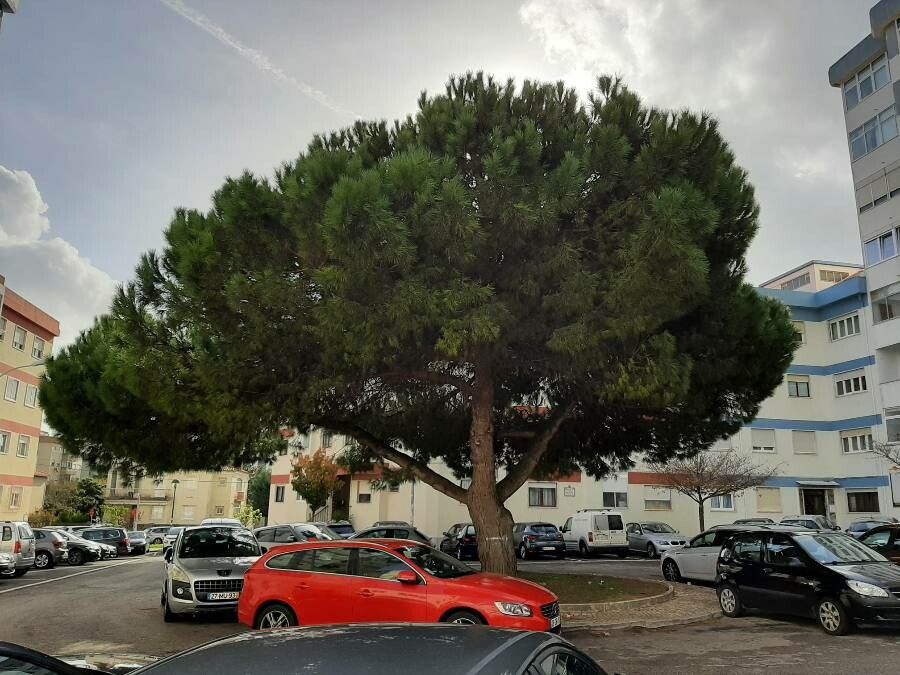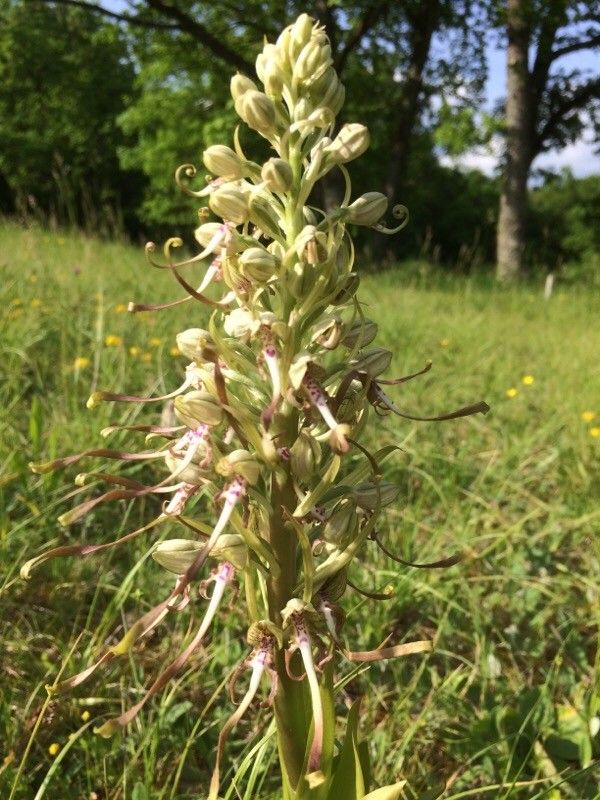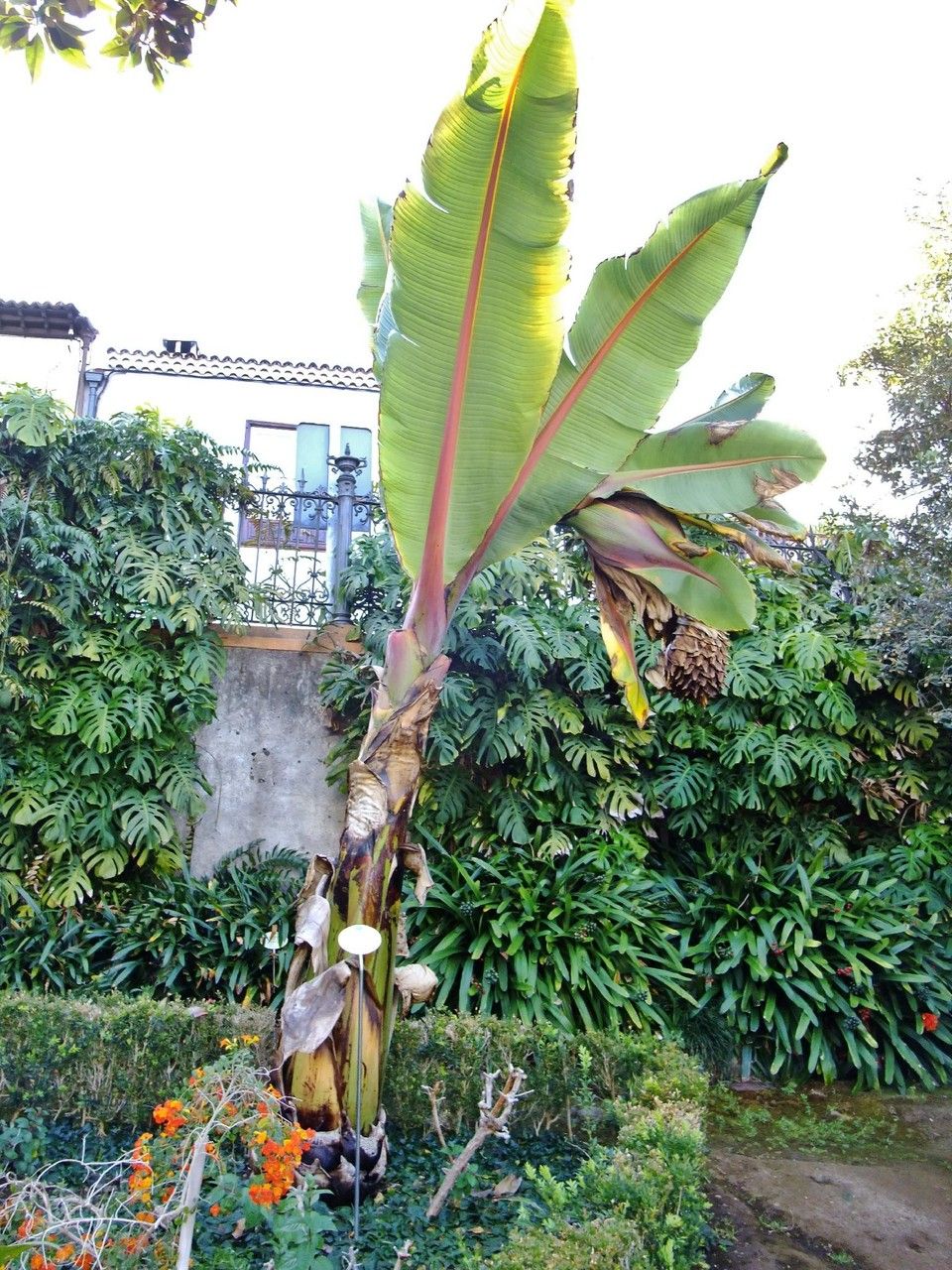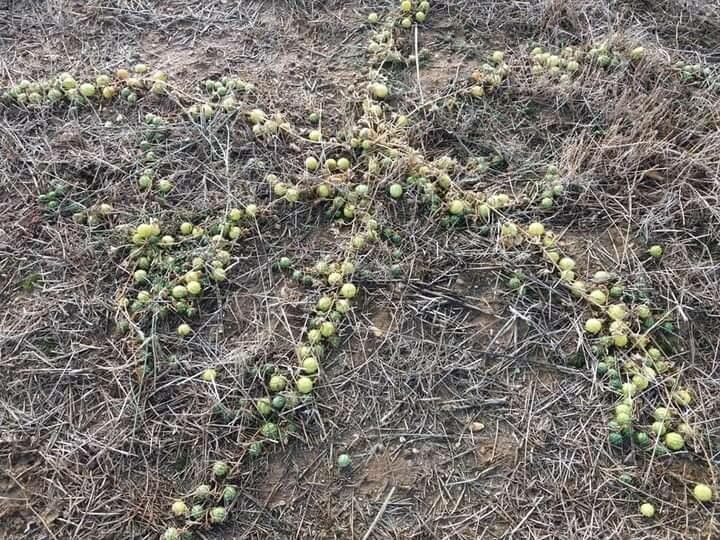## Umbrella Pine: A Gardener's Guide to this Unique Conifer
The Umbrella Pine ( *Sciadopitys verticillata*), also known as the Japanese Umbrella Pine, is a truly remarkable evergreen conifer. Its unique, umbrella-like arrangement of needles and slow, graceful growth make it a prized ornamental tree in gardens worldwide. This guide will equip you with the knowledge to successfully cultivate this fascinating species.
### Botanical Background
Belonging to the Pinaceae family, the Umbrella Pine stands alone in its genus, *Sciadopitys*. This botanical isolation reflects its distinctive characteristics. Unlike most conifers, its needle-like leaves are arranged in whorls around the branches, giving it that characteristic umbrella-like appearance. Its slow growth rate, however, ensures it remains manageable even in smaller gardens for many years.
### Habitat and Growth
Native to the mountainous regions of Japan, the Umbrella Pine thrives in cool, humid climates. While adaptable, it prefers partial shade to full sun, especially in hotter climates. Providing afternoon shade will help protect the foliage from scorching. It's relatively tolerant of different soil types, but well-drained, slightly acidic soil is ideal for optimal growth. Avoid planting it in poorly drained areas, as this can lead to root rot.
### Planting Your Umbrella Pine
When planting your Umbrella Pine, choose a location that offers the appropriate sun exposure and soil conditions. Dig a hole twice as wide as the root ball and as deep. Gently remove the plant from its container, ensuring you don't damage the roots. Place the tree in the hole, ensuring the top of the root ball is level with the ground. Backfill with soil, gently firming it around the base. Water thoroughly after planting.
### Ongoing Care
The Umbrella Pine is relatively low-maintenance once established. Watering should be regular, especially during dry periods, but avoid overwatering. Mulching around the base of the tree helps retain moisture, suppresses weeds, and regulates soil temperature. Fertilization isn't usually necessary unless the soil is particularly poor. In such cases, use a balanced, slow-release fertilizer in spring.
### Pruning and Maintenance
Minimal pruning is generally required. Remove any dead or damaged branches as needed, usually in late winter or early spring before new growth begins. Avoid heavy pruning, as it can detract from the natural beauty of the tree.
### Pests and Diseases
The Umbrella Pine is relatively resistant to pests and diseases. However, occasional infestations of aphids or spider mites may occur. Monitor your tree regularly and address any issues promptly using appropriate insecticidal soap or other organic methods. Proper watering and drainage are key to preventing fungal diseases.
### Propagation
Propagation of the Umbrella Pine is typically done through seeds, but this process can be slow. Vegetative propagation through cuttings is also possible but requires specialized techniques and is best left to nurseries and experienced propagators.
### Conclusion
The Umbrella Pine is a stunning addition to any garden, offering unique beauty and longevity. By following these guidelines, you can ensure your Umbrella Pine thrives for years to come, providing a captivating focal point in your landscape.
Umbrella Pine: Planting, Care & Growing Guide

Frequently Asked Questions
How do I care for an Umbrella Pine tree?
Provide regular watering, especially during dry spells, and mulch around the base to retain moisture. Minimal pruning is needed – remove only dead or damaged branches. Fertilize only if soil is poor, using a balanced, slow-release formula in spring.
What type of soil does an Umbrella Pine need?
Umbrella Pines prefer well-drained, slightly acidic soil. Avoid poorly draining areas to prevent root rot. They are relatively tolerant of different soil types, but well-drained conditions are essential.


